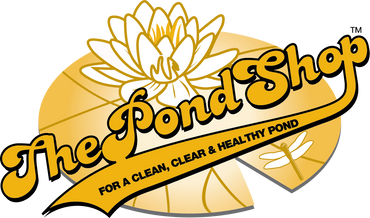Shoreline Weeds

Shoreline weeds, such as Rushes or varying types of nuisance grass can thrive in or near bodies of water. They can provide habitat for wild birds and other smaller animals as well as nesting cover for fish. As beneficial as these plants are for the ecosystem, excessive shoreline weeds can become a nuisance. If not controlled, these plants will create a thick colony that can interfere with water flow, swimming, recreation as well as reduce plant diversity.
Prevention
Shoreline weeds can spread quickly through seeds blown by the wind or carried by animals or by their expanding rhizomes, which are horizontal stems growing underground. Early intervention and management to avoid large invasions is the best prevention.
Physical/Mechanical Control
Cut plants just below the surface of the water using an Aquatic Weed Eradicator (A.W.E.) and be sure to remove the plants using a Lake Rake to keep dead vegetation from adding to excessive nutrients in the water body. Cut back new growth every time it emerges above the water. Using a shovel to dig plants out of the pond or soil is a good option in smaller areas to reduce the possibility of unwanted weeds becoming too established. Physical control is difficult because plants can reestablish from seeds and remaining roots; however, when used in conjunction with chemical control methods it will maximize success.
Chemical Control
Clearcast Herbicide and MSO Adjuvant are specifically designed for use in and around water. These products are the ultimate solution in eliminating most emergent vegetation for long-lasting results with minimal retreatment.
